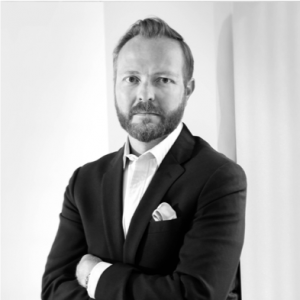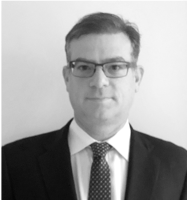 SECURITY
SECURITY
 SECURITY
SECURITY
 SECURITY
SECURITY
A technology company went public late last month with no customers, no product, no venture capital investment or not even a clear idea of what business it’s in.
SCVX Corp., which went public on the New York Stock Exchange on Jan. 24, actually isn’t a tech company but a Special Purpose Acquisition Company that sells stock to the public with the intention of using the proceeds to buy other companies. SPACs have been around since 1990s but are rarely used in IT markets, where venture and private equity funding are king.
SCVX’s shares so far aren’t behaving like that of a typical technology debutante. The company went public at a price of $10 per share and closed today at $10.39. That isn’t surprising given that the firm has no revenues or profits. Rather, SCVX describes itself as “a blank check company formed for the purpose of effecting a merger, amalgamation, share exchange, asset acquisition, share purchase, reorganization or similar business combination with one or more businesses,” specifically in the cybersecurity market.
The leadership includes veteran executives from the financial industry as well as former U.S. Senator and Director of National Intelligence Dan Coats and Bank of New York Mellon Corp. Chief Information Security Officer Jeff Lunglhofer. It says it’s out to address fragmentation in the cybersecurity market.
Unlike most information technology platform markets, there is no one dominant vendor. Rather, the landscape is populated by more than 1,200 companies, according to McAfee LLC. Cisco Systems Inc. has estimated that the average enterprise uses 75 discrete cybersecurity products.

CTO Thomas says SCVX is seeking an acquisition candidate that “is intended to persist for a long time.” Photo: SCVX
“CISOs are overburdened,” said Mike Doniger, SCVX’s CEO (right). “They don’t have technologies across the stack, and they can’t rip and replace all the technologies they have.”
SCVX intends to use the $200 million raised at IPO to purchase what it calls a “cornerstone company” upon which to build a suite of compatible security products through development or acquisition. The company hasn’t yet decided what market that cornerstone business will be in. Possibilities include network, infrastructure, endpoint or cloud security as well as access control or identity management, said Chief Technology Officer Hank Thomas. The objective, he said, is to “create a multicapable platform.”
There’s nothing unusual about investors pooling funds to buy a collection of related companies; private equity is a standard funding vehicle entrepreneurs can tap to raise money. However, Thomas said SCVX defines itself as “the exact opposite of private equity, which is privately held and controls the asset. It’s about enhancing margin and generating higher cash flow. Ultimately, investors want to exit these companies.”
Venture capital is another funding option for new businesses, but those investors tend to focus on growth and a rapid exit through an IPO or sale.

CEO Doniger: “CISOs are overburdened.” Photo: SCVX
In contrast, SCVX’s business model is focused on building a company that is “intended to persist for a long time.” The best candidates for the initial acquisition will be a company that “has reached critical mass and that we can bolt other companies onto,” he said. Candidates are expected to carry valuations of between $600 million and $1.5 billion.
The advantage of the SPAC model is that the acquired company has immediate access to cash through the public markets but maintains strategic and operational control, something that is often lost in a private equity deal. The founders are “free to move forward with a much grander strategy,” Thomas said. “They maintain control of the company but they have access to a bunch of capital we’ve raised in the public markets.”
SCVX executives will be meeting with candidates at the RSA Conference in San Francisco in two weeks. Thomas wouldn’t quantify the number of acquisition candidates but said “we’ve had to get a bigger hotel suite and take padding out of our day.”
The entrepreneurs they’re meeting with, he said, “may not understand the funding vehicle but they see that we have a blue chip team and they want to see where we’re going.”
THANK YOU